Every story begins with a blank page, but not every story captures the imagination from the first line. The art of starting a story is crucial, setting the tone, engaging the reader, and laying the groundwork for everything that follows. This guide explores various techniques to start a story, ensuring your narrative grabs attention and sets the stage for an unforgettable journey.
How to Start a Story: 10 Powerful Tips
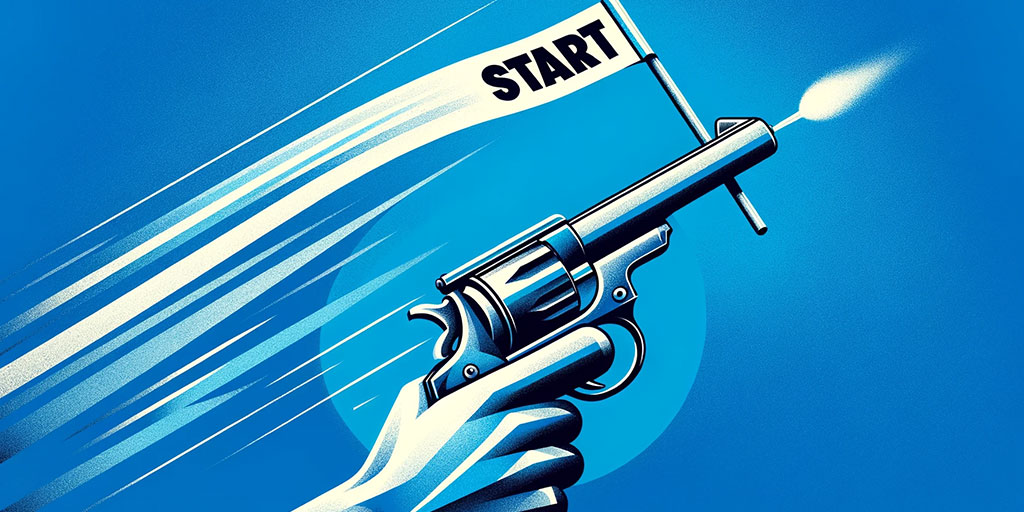
The beginning of a story is your opportunity to make a memorable first impression. It’s where you grab the reader’s attention, setting the stage for the unfolding narrative. There are numerous techniques to start a story, each with the potential to enthrall your audience from the outset.
1. Start in the Middle of Things (In Media Res)
Starting your story ‘in media res’, or in the middle of things, thrusts readers directly into the action and captures their attention from the first line. This technique bypasses preliminary exposition, offering immediate engagement with the narrative’s current events. It’s like opening a door to a room where the drama is already unfolding; the reader is compelled to piece together the backstory and understand the stakes involved. This approach not only energizes the narrative but also encourages active participation from the audience as they dive into the swirling currents of your story’s world.
2. Introduce a Compelling Character
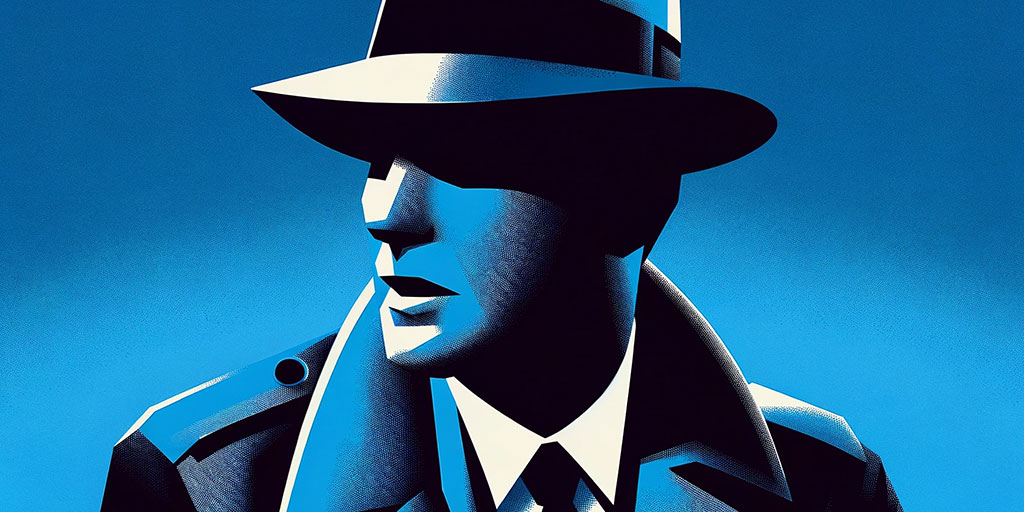
Introducing a character as your opening move can create an immediate connection with the reader. This strategy involves presenting a character in a way that showcases their personality, desires, or conflicts, inviting the audience to invest emotionally in their journey. The key is to convey enough intrigue and depth in this introduction to compel readers to follow the character through their trials and triumphs. Whether it’s through a vivid portrayal of their internal monologue, a description of a defining action, or a glimpse into their daily life, this approach can set the stage for a character-driven narrative that resonates deeply with audiences.
3. Establish a Vivid Setting
Setting the stage with a vivid description of the world your story inhabits can immerse readers into your narrative from the outset. Establishing a setting involves more than just describing a location; it’s about creating an atmosphere that envelops the reader, offering a sense of place that is integral to the story’s unfolding. This technique works well when the setting plays a crucial role in the narrative, acting almost as a character in its own right. Whether it’s a dystopian future, a historical era, or a fantasy world, a well-crafted setting can intrigue readers and provide a solid foundation for the story to unfold.
4. Open with Intriguing Dialogue
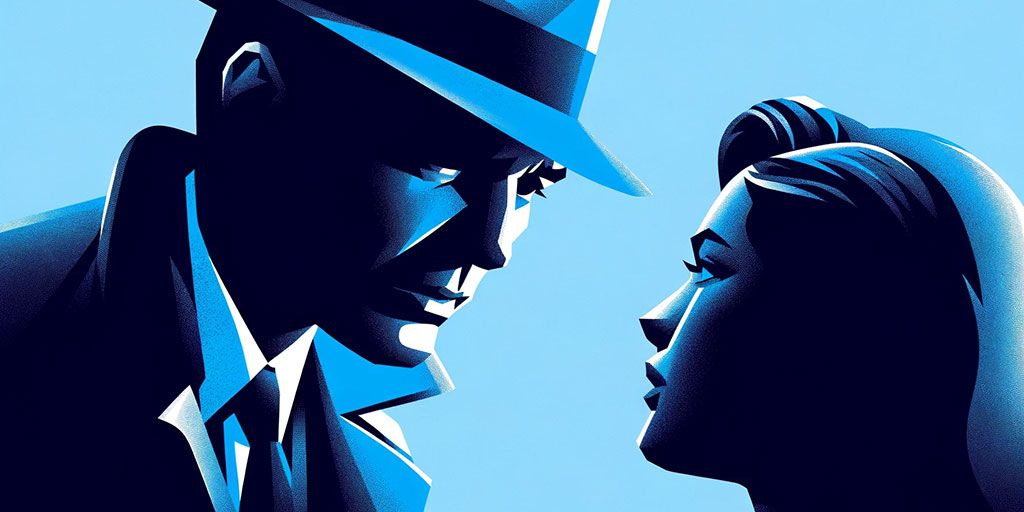
Opening your story with dialogue is an effective way to drop readers straight into the scene, offering them a slice of life from your characters’ world. This approach can immediately highlight relationships, conflicts, or the story’s central theme without needing a detailed setup. Dialogue can be particularly engaging, as it reveals character personalities and motivations directly and dynamically, encouraging readers to invest in the unfolding drama.
5. Ask an Unforgettable Question
Kicking off your story with a question can immediately engage readers by sparking their curiosity and inviting them to ponder alongside the characters. This rhetorical or literal question can pertain to a mystery, a character’s dilemma, or a philosophical inquiry central to the story’s theme. By posing a question, you set readers on a quest for answers, effectively pulling them deeper into the narrative. This technique not only engages their intellect but also connects them emotionally, as they eagerly anticipate the resolution.
6. Present Intense Conflict

Establishing a conflict right from the start is a powerful way to captivate your audience. This conflict could be internal, pitting the protagonist against their own fears or desires, or external, involving other characters, society, or nature. By presenting a challenge or problem early on, you create a sense of urgency and tension that compels readers to keep turning the pages. They become invested in discovering how the conflict unfolds and resolves, driving the narrative forward.
7. Use Revealing Flashback / Flashforward
Leveraging a flashback or flashforward at the beginning of your story can intrigue readers by presenting them with a glimpse of the past or a vision of the future. This technique allows you to create a narrative bridge between different timelines, enriching the story’s context and depth. Whether it’s revealing a pivotal moment that shapes your protagonist’s journey or offering a sneak peek into the story’s climax, this approach weaves a complex tapestry of time that captivates readers’ imaginations and keeps them guessing.
8. Feature an Unreliable Narrator
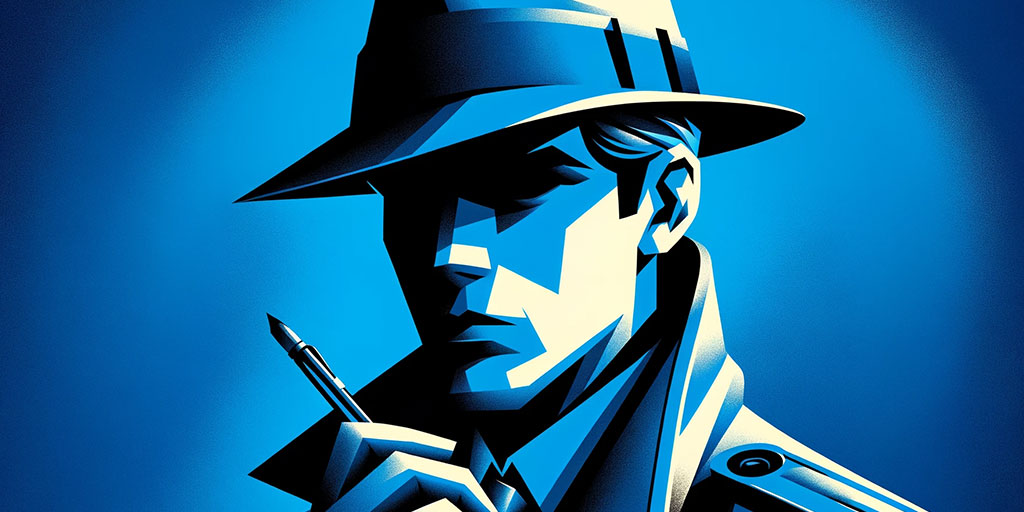
An opening that introduces an unreliable narrator immediately sets a tone of intrigue and skepticism. This narrative voice, with its potential to obscure facts, manipulate truths, or even mislead, challenges readers to sift through the presented information critically. Engaging with such a narrator turns readers into detectives, piecing together the actual narrative from hints and half-truths, making the reading experience interactive and compelling.
9. Use an Insightful Epigraph
Starting with an epigraph — a quote, poem, or excerpt that precedes the story — can set the thematic tone and hint at the narrative’s underlying motifs. This chosen piece of text, often from another author or work, can offer readers insight into the story’s moral or philosophical underpinnings. It serves as a conceptual gateway, priming readers for the themes and questions the narrative will explore, and imbuing the story with a sense of depth and universality from the very beginning.
10. Begin with a Dramatic End
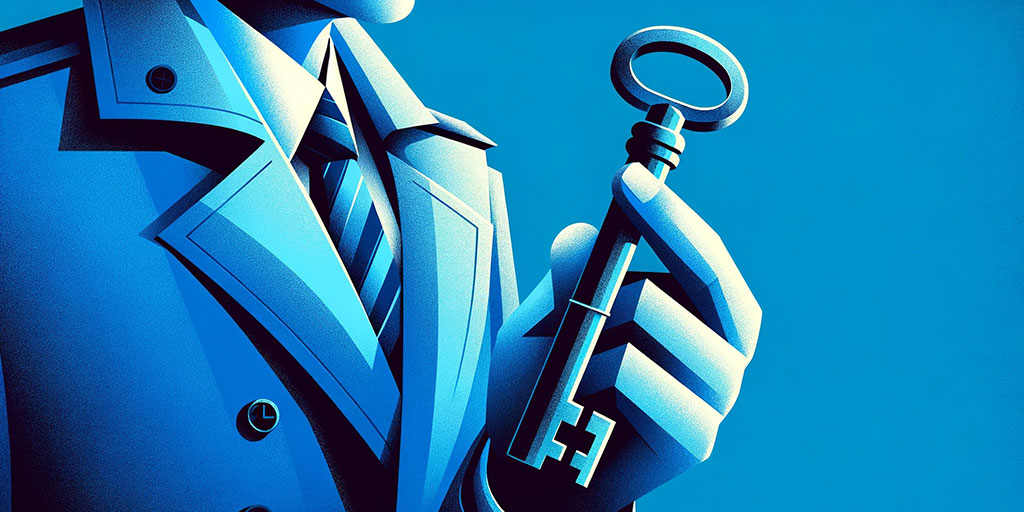
Revealing the story’s conclusion at the beginning, a technique known as in medias finis, intrigues readers by presenting the end first, then meticulously unraveling the events leading up to it. This narrative strategy creates a sense of anticipation and depth, as readers are drawn not to discover ‘what’ happens but ‘how’ and ‘why’ it unfolds as it does. By then circling back to the beginning, the narrative takes on a compelling momentum, driving readers forward with the desire to piece together the puzzle.
Common Pitfalls & How to Avoid Them

Crafting the beginning of a story is an art that balances information, intrigue, and pace. However, even seasoned writers can stumble into common traps that disengage readers from the outset. Recognizing these pitfalls is the first step towards captivating narratives.
Overloading with Exposition
Diving deep into background details at the start can overwhelm readers, distancing them from the core narrative. To avoid this, weave exposition naturally into the story through action, dialogue, and brief reflections. Introduce essential information as the story progresses, keeping readers curious and engaged. This approach maintains momentum while gradually building the world and characters in a way that feels organic and intriguing.
Starting Too Slow
A sluggish start risks losing readers’ attention. Jumpstart your narrative by plunging into a significant event or conflict, ensuring the opening scene is charged with purpose and direction. This doesn’t mean every story must begin with a bang; even quieter openings can captivate if they promise intrigue or emotional engagement. The key is to imbue the first pages with a sense of urgency or a question that begs to be answered.
Being Too Vague
While mystery can entice readers, excessive vagueness can lead to confusion and disinterest. Ensure your opening gives enough context to understand the setting and characters, without revealing all your secrets. A clear sense of who, what, where, and why—even if partially obscured—guides readers into your narrative with intrigue rather than frustration, striking a balance between mystery and clarity.
Using Clichéd Openings
Clichéd openings, such as waking up from a dream or a mundane daily routine, can signal a lack of originality and deter readers. Strive for an opening that feels fresh and intriguing. Experiment with unique scenarios or perspectives that offer new takes on familiar situations. This not only grabs the reader’s attention but also sets the expectation of a story that offers something out of the ordinary.
Failing to Set the Tone
The opening should signal the story’s atmosphere, genre, and style, preparing readers for the journey ahead. A mismatch between the start and the story’s tone can disorient and disappoint. If your tale is a thriller, infuse the beginning with tension; if it’s a comedy, let humor shine through from the first lines. Consistency in tone builds the reader’s trust and sets the stage for their immersion.
Ignoring the Hook
The hook is your story’s first impression, vital for captivating your audience. Neglecting this critical element can result in a lackluster start. Craft a hook that not only intrigues but also hints at the narrative’s heart. Whether it’s a compelling character, an intriguing setting, or a provocative question, ensure it’s something that immediately grabs attention and promises an engaging story. Keeping the hook relevant to the story’s core ensures that the initial curiosity blooms into sustained interest.
Frequently Asked Questions (FAQ)
In this section, we address some of the most common questions about starting a story, offering insights into why the beginning is so crucial and how to make it compelling for readers.
Why is the Start of a Story Important?
The start of a story sets the tone for everything that follows, acting as the reader’s first impression of your narrative world. It’s crucial because it either captivates the audience, encouraging them to dive deeper into your tale, or loses their interest, possibly leading them to set the book aside. A compelling beginning ensures readers are immediately engaged, setting the stage for character development and plot evolution.
How Important is the First Line in a Story?
The first line of a story is immensely important, serving as the hook that can intrigue readers and pull them into the narrative. It’s often the deciding factor in whether a reader chooses to continue exploring your story or not. A powerful first line establishes the narrative voice, hints at the story’s direction, and raises curiosity, making it a critical element of successful storytelling.
What is the Best Line to Start a Story?
The best line to start a story is one that immediately engages the reader’s curiosity, emotion, or imagination, prompting them to ask questions and desire more information. While there’s no one-size-fits-all answer, effective opening lines often introduce an intriguing scenario, a compelling character, or a unique perspective that sets the tone for the story and distinguishes it from others.
How Can I Hook My Readers From the Beginning?
To hook readers from the beginning, start with a line or paragraph that evokes emotion, presents a compelling question, or introduces an unexpected situation. Utilizing elements like strong visuals, intriguing dialogue, or a mysterious scenario can effectively capture attention. The key is to create an opening that promises an engaging story worth investing time in, ensuring the reader’s curiosity is piqued from the very first words.






